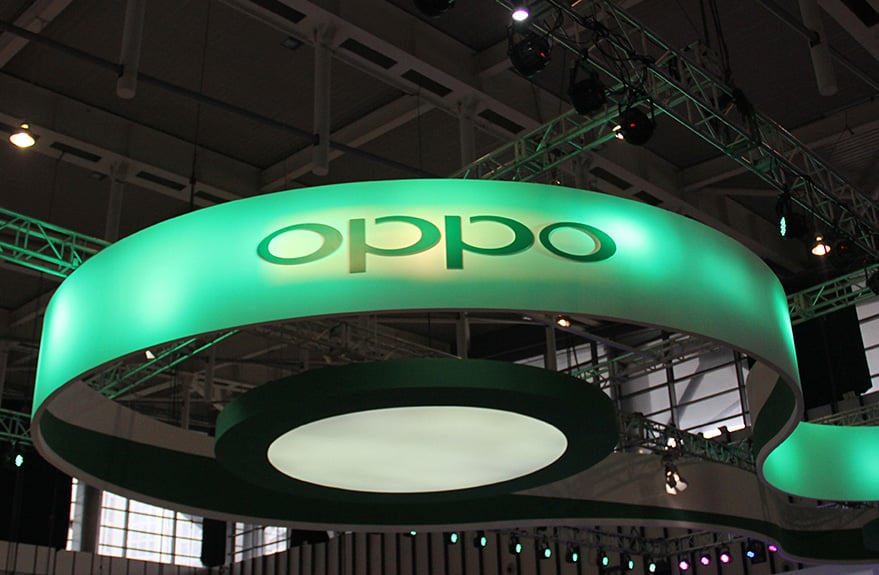China-based OPPO has been in the smartphone business for close to 11 years. Phones like OPPO N1, OPPO N3, Find 7 and 7a phones have received good reception from users and critics. In the recent years, OPPO has spread its wings into all things technology over the years, including Artificial Intelligence, cloud computing and the Internet of Things (IoT). The company sees internet-driven services as its future, and ColorOS, OPPO’s Android UX plays a major role in achieving that vision.
ColorOS currently has more than 320 million active users across the globe. While the figures might seem pretty low considering the total number of Android users globally, it still forms a formidable volume. Software plays a key role in OPPO’s near future, and this will only get prominent with the advent of 5G, which is deemed as a catalyst for integrating different technologies.
5G Implementation
OPPO is on cloud 9 in terms of 5G implementation, having filed patent requests in over 20+ nations, across 2,500+ domains. Overall, OPPO has applied for over 40,000 patents globally, of which 14,000 have been granted to date. The company stands third in China in terms of the number of patents granted to domestic firms. Apart from 5G, OPPO also has patents related to VOOC, along with 1,000 other core patents. These patents are a result of the company’s constant investments in R&D, the latest include CNY $10 billion announced last year.
OPPO currently owns six research institutes and four research centers, employing over 10,000 people dedicated to R&D. The company further plans to invest RMB $50 billion in the next five years, dedicated to AI, cloud computing, software, and hardware technology. Focusing on 5G, OPPO plans to follow a three-step strategy that involves building a multi-portal ecosystem with smartphones and intelligent devices at its heart. OPPO is also involved with revamping user interfaces and content optimization.
To sum it up, OPPO plans to form an ecosystem of smart devices acting as multiple entry points that coordinate with one another. These points could be parallel, interconnected and capable of interacting with each other, without overlapping or crosstalking at any point.
3-Circle Strategy
OPPO will be employing “3 circle” multi-device experience integration strategy in 2020. The first circle in OPPO’s 3-Circle integration is the personal cycle comprising of devices that are closest to the user. It include smartphones, truly wireless earbuds, smartwatches, and other devices that are most frequently used. The smartphone plays a key role here as it possesses the maximum computing ability in the fray. Next in line are smartwatches, as they convey critical user data and act as an alternate point of interaction for the users, enabling high priority conversations. Earbuds form the third entry point, as they allow voice-based AI functionality for navigation and translation.
The second circle or the vertical circle consists of 5G Customer Premises Equipment (CPE). OPPO has plans to introduce a 5G CPE within the first quarter of 2020. The upcoming 5G CPE hub will accept a SIM card, and feature Bluetooth, Zwave, and ZigBee, pairing up to 1,000 devices at the same time.
OPPO’s third circle involves virtual and real integration. This circle comprises of AI/AR glasses. OPPO’s latest AR glasses running on Glass OS will play a key role here. The device was unveiled recently during OPPO Inno Day and features an HD camera, 2 fisheye cameras for a wider field-of-view, and a Time-of-Flight camera capable of 3D reconstruction. OPPO Glass also supports 3D surround sound for an immersive AR experience.
OPPO is headed to move beyond the conventional realms of manufacturing smartphones in 2020. A growing number of smartphone manufacturers are on their way to leverage their foothold in the business to offer clients a more immersive and connected AI lifestyle in the future. OPPO is well on its way to becoming the scout. With a clear roadmap of smartphones, accessories, and 5G-enabled devices, OPPO plans to move beyond the boundaries of smartphone manufacturing in 2020.
UP NEXT: OPPO A91 launched in China for 1,999 Yuan (~$285); Specifications and price
(source)








